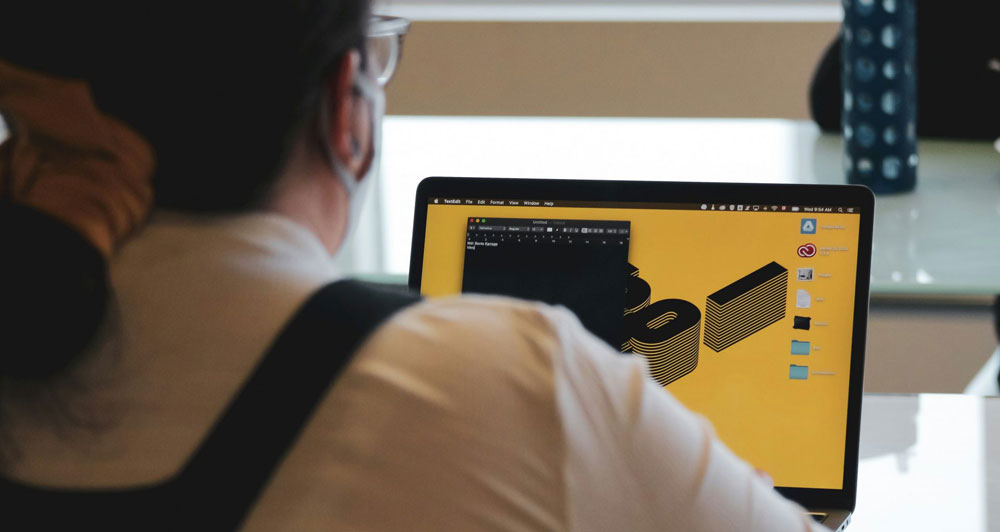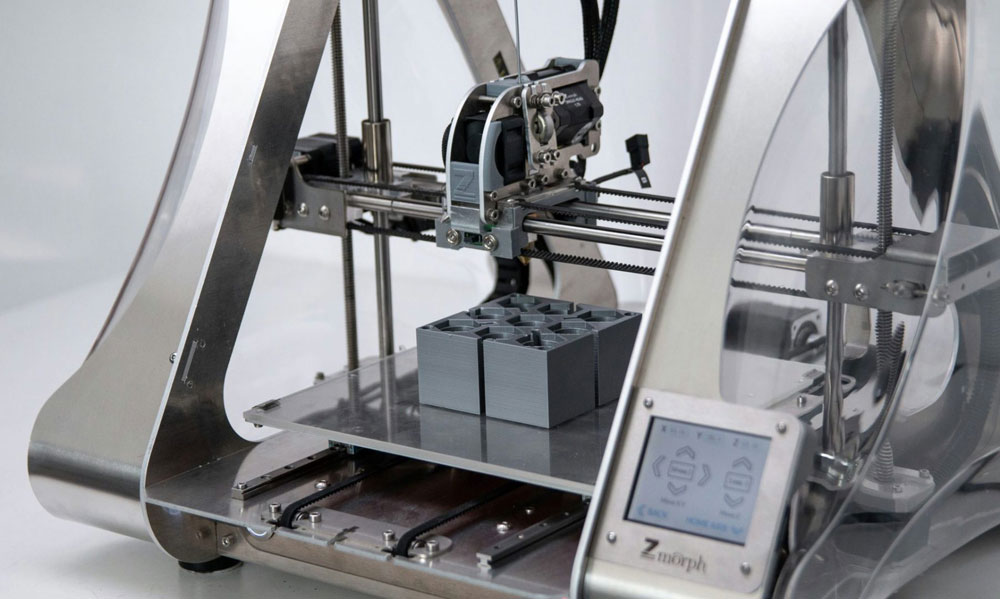Automation, driven by cutting-edge software and technology, has become a huge influence for innovation and efficiency in the creation of tools and the design process. This process can streamline processes, enhance precision, and empower designers to craft tools that meet diverse and rigid requirements. Here are some of the key ways in which automation is used throughout the tool design industry.
Customisation: Design automation enables the rapid customisation of tools to allow engineers to input specific criteria or user requirements. This is particularly useful when designing tools for different industries or applications as each industry has different specifications.
Design optimisation: By performing optimisation tasks, designers can find the best design that meets their performance criteria while minimising their material usage or production costs. This can lead to more efficient and cost-effective results.
Time efficiency: With design automation, the process of making design changes, testing variations, and iterating through multiple design options becomes much faster. This accelerates the product development timeline and also allows for quicker responses.
Reduction of errors: Automation reduces the chances of human errors in the design process which not only reduces downtime but can also help with areas such as health and safety.
Documentation: These softwares typically include documentation and reports for each design file. This includes material lists, manufacturing instructions, and assembly guides.
Collaboration: Design automation facilitates collaboration among teams and stakeholders. Designers, engineers, and manufacturers can work together more effectively, as the software ensures everyone is working with the latest data.


